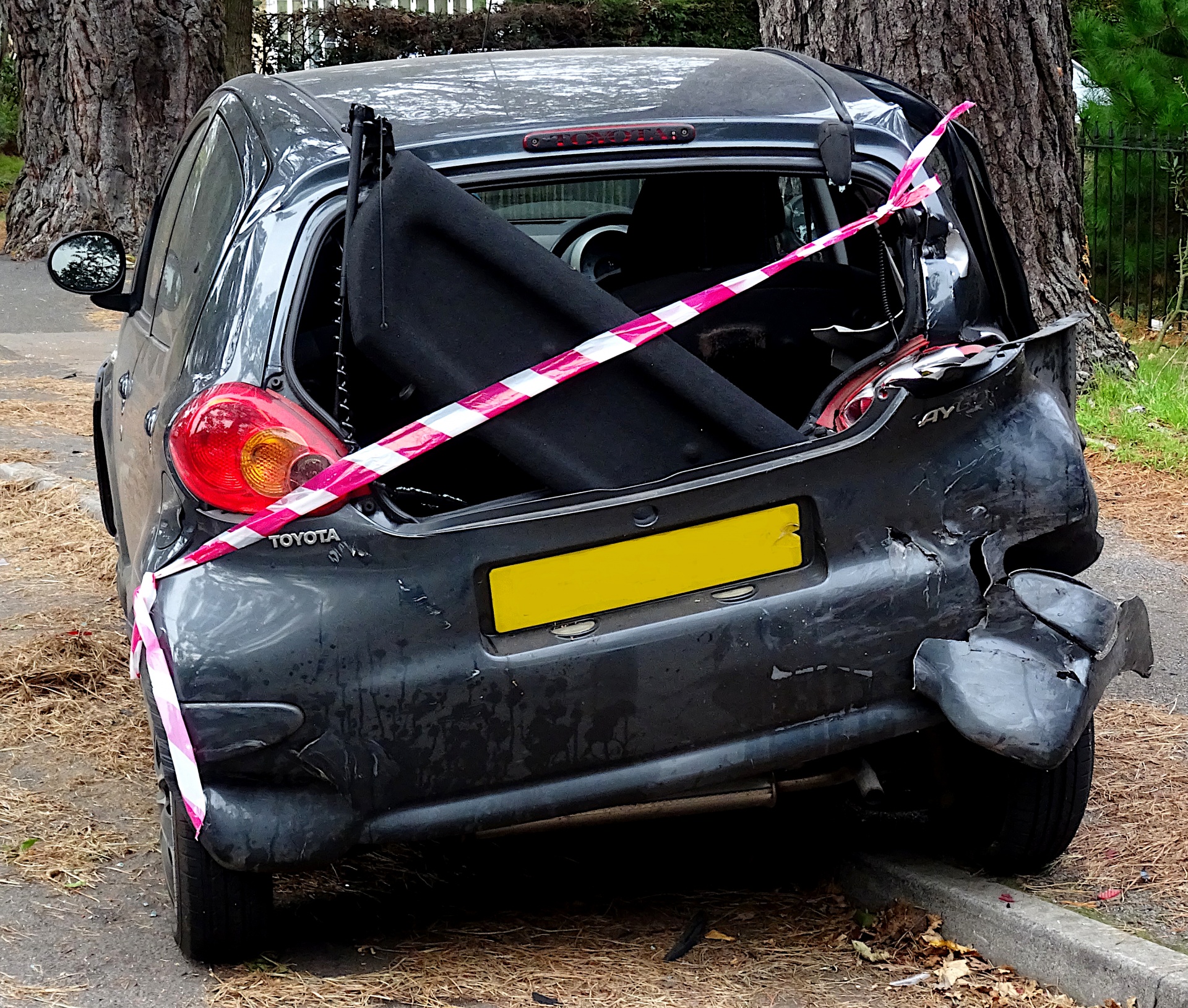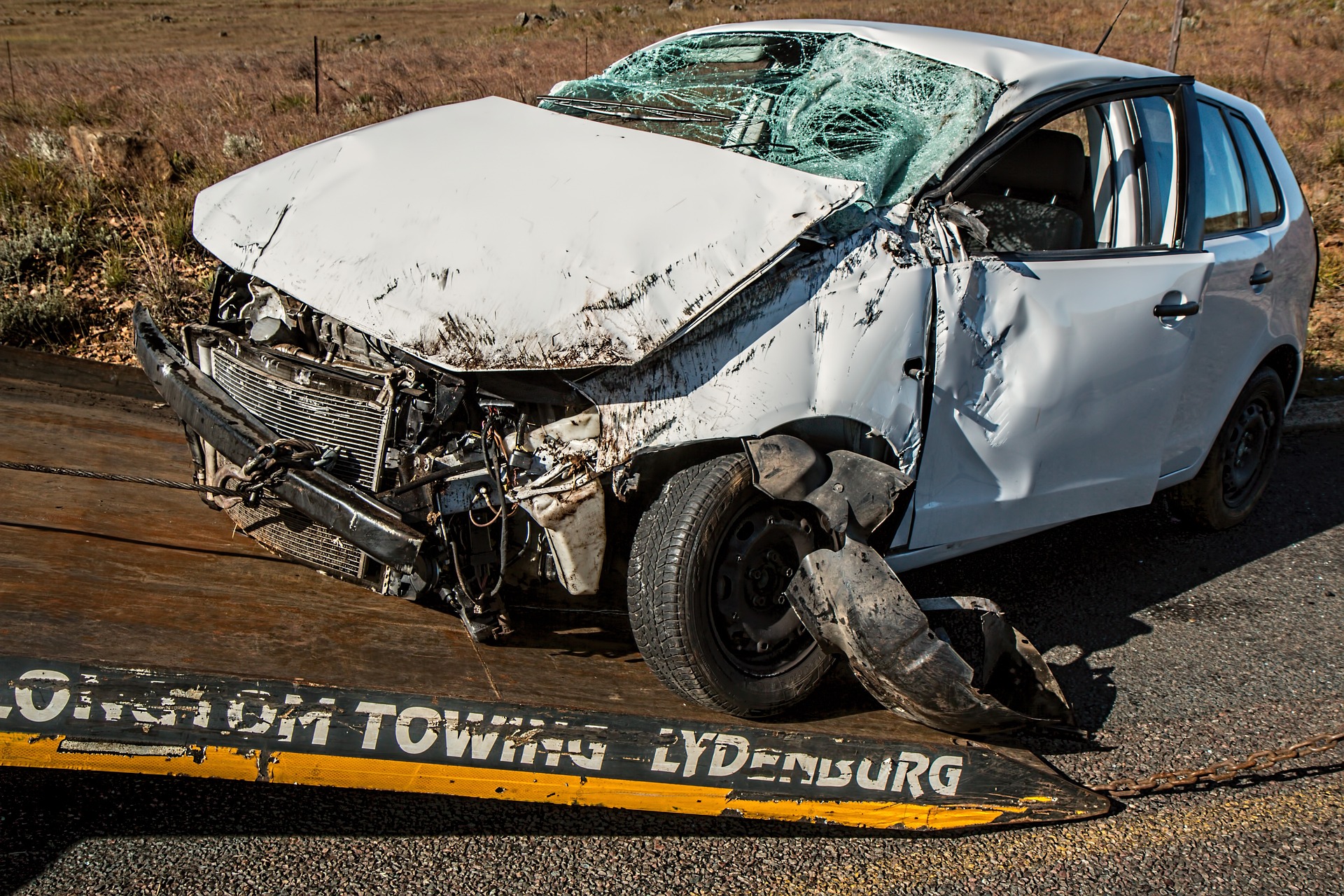Have you ever been in a situation where you sent a demand letter to an insurance company, asking for compensation for your personal injury or property damage, and they didn’t reply? If so, you might be wondering what to do next. Can you hold off till they get in touch with you? Should I send them a second letter? Is it appropriate to sue?
In this article, we will explain what a demand letter is, why it is important, and what steps you can take if the insurance company doesn’t respond to your demand letter. We will also provide some tips on how to write an effective demand letter that gets the attention of the insurance adjuster and increases your chances of getting a fair settlement.
What is a Demand Letter?
A demand letter is a formal document that you send to the insurance company of the person or entity that caused your injury or damage. In the letter, you describe how the accident happened, what injuries or damages you suffered, how they affected your life, and what amount of money you are asking for as compensation.
The purpose of a demand letter is to:
- Notify the insurance company that you have a valid claim and that you intend to pursue it
- Provide a detailed account of the facts and evidence that support your claim
- Explain how you calculated your damages and why they are reasonable
- Persuade the insurance company to negotiate with you and offer you a fair settlement
A demand letter is not a legal document, but it can have legal implications. For example, depending on the state where you live, you may be required to send a demand letter before filing a lawsuit. Also, if you end up going to court, the judge or jury may look at your demand letter as evidence of your good faith and reasonableness.
Why is Sending a Demand Letter Important?
Sending a demand letter to an insurance company is important for several reasons:
- It shows that you are serious about your claim and that you have done your homework
- It gives you an opportunity to present your case in a clear and persuasive way
- It creates a written record of your communication with the insurance company and your settlement offer
- It may prompt the insurance company to respond and start negotiating with you
- It may lead to a faster and easier resolution of your claim without going to court
How to Write an Effective Demand Letter
Writing an effective demand letter can be challenging, but it is not impossible. Here are some tips on how to write a demand letter that gets results:
-
-
Use a professional tone and format.
Address the letter to the insurance adjuster by name and title, include your contact information, date the letter, and use a formal salutation and closing. Use clear and concise language, avoid spelling and grammar errors, and divide the letter into paragraphs with headings.
-
Start with an introduction.
In the first paragraph, state who you are, what happened, when and where it happened, who caused it, and what injuries or damages you suffered. Also mention that you have attached any relevant documents, such as medical records, bills, receipts, photos, etc.
-
Provide a detailed description of the accident.
In the next paragraph, explain how the accident occurred, who was at fault, and what evidence you have to prove it. For example, you can mention any witnesses, police reports, traffic citations, etc. Be factual and objective, and avoid exaggerating or blaming.
-
Describe your injuries or damages.
In the following paragraph, describe what injuries or damages you sustained as a result of the accident. Include both physical and emotional effects, such as pain, suffering, disability, loss of income, loss of enjoyment of life, etc. Be specific and realistic, and avoid overstating or minimizing your condition.
-
Explain how your injuries or damages affected your life.
In another paragraph, describe how your injuries or damages impacted your personal and professional life. For example, you can mention any medical treatments you received or need in the future, any work or school days you missed or will miss, any activities or hobbies you had to give up or limit, any changes in your relationships or lifestyle, etc. Be honest and sincere, and avoid being dramatic or pitying.
-
Calculate your damages and make a settlement offer.
Summarize your injuries and damages-related expenses and losses in the concluding paragraph. Include economic and non-economic damages including medical costs, property damage, lost wages, pain, and suffering. Show how each item contributes to your demand. Then, give your ultimate settlement amount. Be reasonable but flexible. If your situation is severe, multiply your economic damages by 1.5 to 5 to determine your pain and suffering damages. If you multiply $10,000 in economic damages by 3, your pain and suffering damages would be $30,000. A per diem technique estimates pain and suffering damages by assigning a daily amount to your pain and multiplying it by the number of days you have endured or will suffer. If you assign $200 every day to your pain and suffering and endure for 150 days, your damages would be $30,000. The average U.S. personal injury pain and suffering settlement is $15,000.
-
-
End with a call to action.
In the last paragraph, ask the insurance company to respond to your demand letter within a certain time frame, usually 30 days. Explain that if they fail to do so or offer an unacceptable settlement, you will pursue legal action. Thank them for their attention and cooperation, and sign the letter.
What to Do If the Insurance Company Doesn’t Respond to Your Demand Letter
If you have sent a demand letter to an insurance company and they don’t respond within the time frame you specified, you have several options:
- Follow up with the insurance company. You can call or email the insurance adjuster and ask them if they have received your demand letter and why they haven’t responded yet. You can also send them a reminder letter or a second demand letter with a higher settlement amount. Be polite but firm, and keep a record of all your communications.
- Hire an attorney. If the insurance company still doesn’t respond or offers a lowball settlement, you may need to hire an attorney who specializes in personal injury cases. An attorney can help you negotiate with the insurance company, gather more evidence, file a lawsuit if necessary, and represent you in court. An attorney can also advise you on the statute of limitations for your case, which is the deadline for filing a lawsuit.
- File a lawsuit. If all else fails, you can file a lawsuit against the insurance company or the person or entity that caused your injury or damage. You will need to follow the rules and procedures of the court where you file your lawsuit, which may vary depending on the state and the amount of money involved. You will also need to prove your case by presenting evidence and witnesses. A lawsuit can be time-consuming, expensive, and stressful, but it may be your only option to get justice and compensation.

Conclusion
A demand letter is an important tool for seeking compensation for your personal injury or property damage from an insurance company. It can help you present your case in a clear and persuasive way, create a written record of your communication with the insurance company, and possibly lead to a quick and fair settlement.
However, if the insurance company doesn’t respond to your demand letter or offers an unreasonable settlement, you may need to take further action. You may need to follow up with the insurance company, hire an attorney, or file a lawsuit.
If you need help writing a demand letter or pursuing your personal injury claim, you can contact us today for a free consultation. We have experienced and dedicated personal injury lawyers who can help you get the compensation you deserve. Don’t let the insurance company take advantage of you. Call us now and let us fight for your rights.


